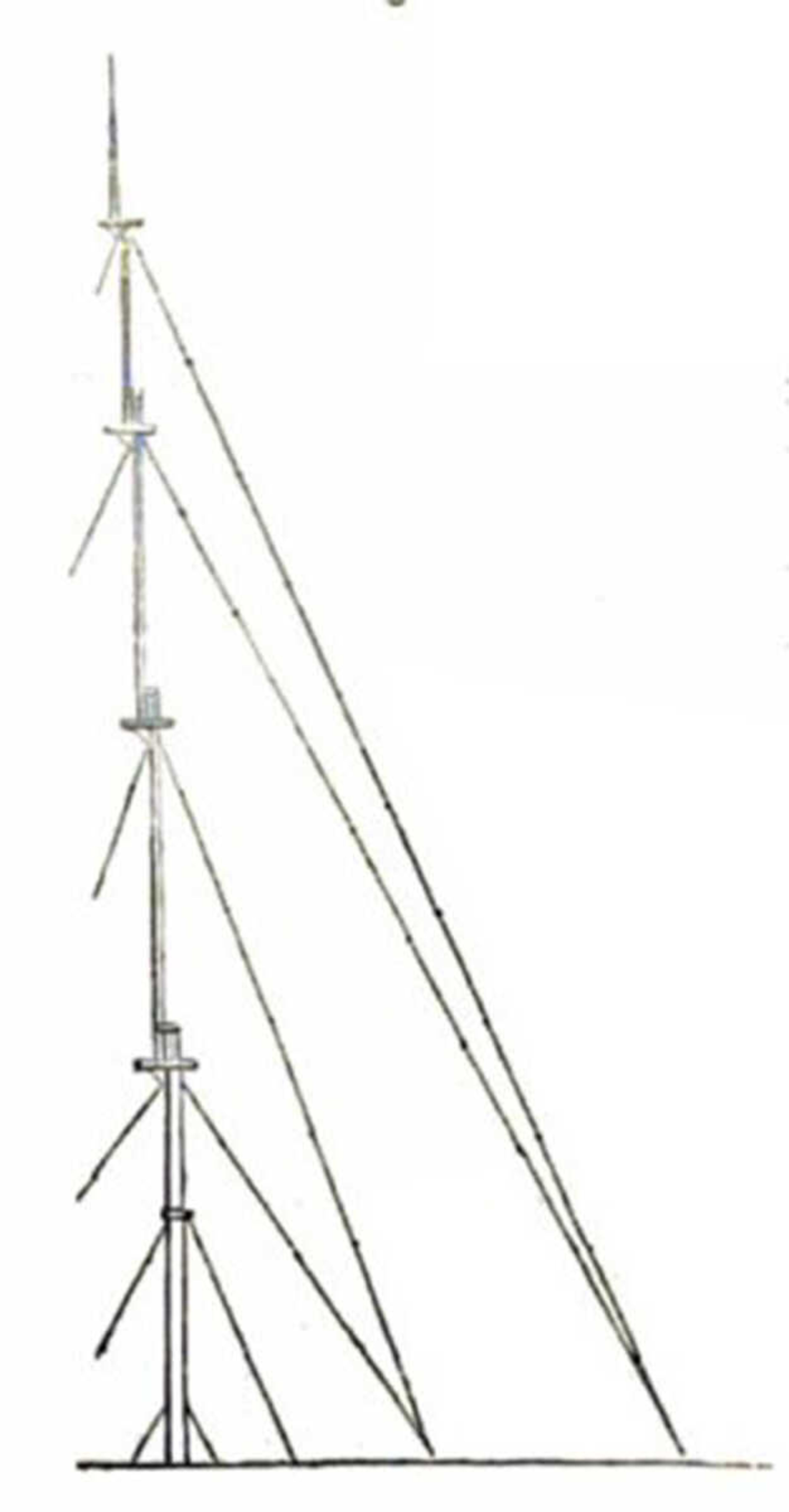Cape Girardeau's telegraph towers were a technological triumph -- until a tornado hit
The world became a lot smaller March 21, 1850, when the first telegraph message was sent between St. Louis and Cape Girardeau. Thanks to the miracle of Morse code, Cape had immediate access to news from St. Louis and the major cities of the East Coast...
The world became a lot smaller March 21, 1850, when the first telegraph message was sent between St. Louis and Cape Girardeau. Thanks to the miracle of Morse code, Cape had immediate access to news from St. Louis and the major cities of the East Coast.
This was only the first step by the St. Louis and New Orleans Telegraph Co. The ultimate goal, as the name suggested, was to extend the wire to New Orleans, but this required building an unusual landmark at Cape Girardeau: two massive towers on opposite sides of the Mississippi River to suspend the wire across the water.
Taliaferro P. Shaffner, one of the brains behind the project, wrote in detail about the telegraph masts in his 1859 book, "The Telegraph Manual." The masts were both more than 200 feet tall, with the Missouri tower located on a prominence that was 110 feet above the river level. The distance between the towers was 2,980 feet, making it possible for the wire to span the river without interfering with steamboats.
It's not entirely clear where the towers were built. The only clue I've found is a mention in the Cape Girardeau Eagle newspaper that the masts were "a mile above the city."
Similar masts were constructed over the Ohio River at Paducah as well as the Tennessee and Cumberland rivers. Once these connections were made, it was possible to send a telegraph message from St. Louis to New Orleans, a feat that was accomplished July 27, 1850.
An article in the Missouri Historical Review from 1914 lamented how this event had been forgotten. "The message sent from St. Louis to New Orleans that day marked in silence the triumph of man over distance and intervening space -- marked the triumph of science over matter." The article added, "And yet we have forgotten the great event of the day and that epoch."
Despite the success of the telegraph company, the masts proved to be disaster prone. The Ohio River crossing was damaged by a flood in January 1851 and then damaged again by a tornado. The Tennessee River crossing was vandalized by "evil-disposed persons."
Cape Girardeau had even worse luck. On Nov. 27, 1850, a massive tornado swept through town from the southwest, destroying many buildings including the first St. Vincent's Church and the Red House built by town founder Louis Lorimier.
Shaffner wrote in his book, "The breadth of the terrific tornado was about one mile. It included in its devastating power the telegraph masts; and they, too, were swept from their iron-bound fastenings, and parts of them carried in the wind several miles."
After these calamities, Shaffner began to experiment with encasing the wire in "gutta percha" (a form of insulation derived from tree sap). This made it possible to string the wire along the river bottom. This was accomplished near the end of 1851, again putting Cape Girardeau in direct contact with New Orleans.
Connect with the Southeast Missourian Newsroom:
For corrections to this story or other insights for the editor, click here. To submit a letter to the editor, click here. To learn about the Southeast Missourian’s AI Policy, click here.










